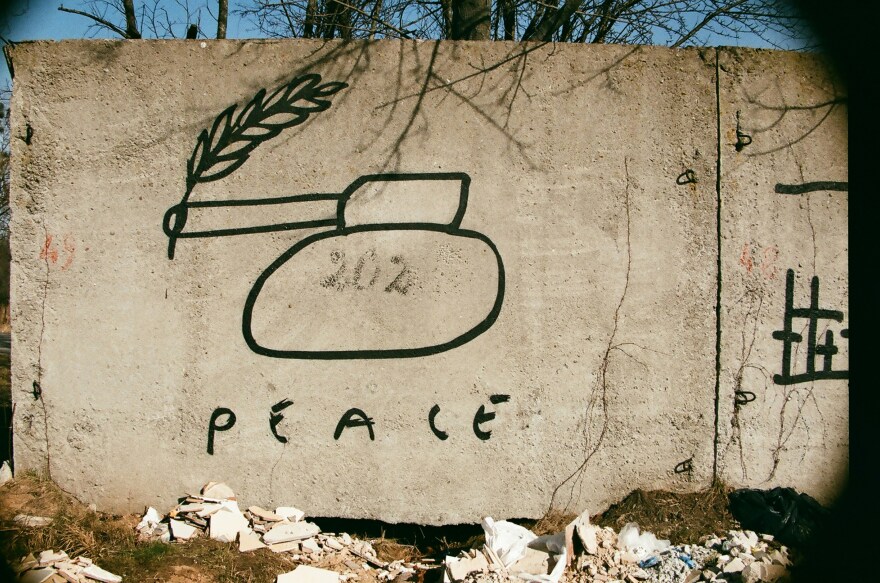With our free press under threat and federal funding for public media gone, your support matters more than ever. Help keep the LAist newsroom strong, become a monthly member or increase your support today.
What makes a lasting ceasefire agreement?

A truce, a treaty, a ceasefire — agreements meant to pause armed conflicts in the hopes of deescalation.
The concept is on the world's minds today, as details about the deal to end the two-year war between Israel and Hamas continue to emerge.
But when tensions are high, how is peace negotiated? And what are the best practices when it comes to mediating high-stakes ceasefire deals?
A ceasefire expert joined LAist 89.3's AirTalk this week to explain the anatomy of a successful agreement. Professor Laurie Nathan is director of the Kroc Institute's mediation program at the University of Notre Dame. Nathan, who was born in South Africa, participated in high-level peacemaking efforts during his country's transition out of apartheid and has served as senior mediation advisor to the United Nations.
He broke down three lines of argument for a successful ceasefire agreement.
It must be negotiated
Every conflict — and the reasons behind it — is different and must be dealt with on its own terms. But, Nathan says, "there are certain things we know are more likely to yield success."
The simple distinction between a negotiated ceasefire versus an imposed one makes all the difference.
"If a ceasefire is negotiated, it's more likely to be sustained," Nathan said.
A negotiated ceasefire is a basic, fundamental rule of mediating, and it must be negotiated to a collective satisfaction.
"This is pragmatic," Nathan emphasized, "because if two sides haven't negotiated, the chances of a ceasefire being sustained are small."
You might be thinking, aren't all ceasefires negotiated? No. In rare cases, ceasefires are imposed. But as Nathan explained to AirTalk host Austin Cross, they are less likely to succeed.

It must be rigorous
Ceasefires are intended to bring peace but can themselves create tenuous situations.
"The essence of the danger is that we agreed to something, but now there is opportunity for it to be violated," Nathan noted.
"The essence of the danger is that we agreed to something, but now there is opportunity for it to be violated."
Both parties know that, so what will assure that all sides will stick to the agreement?
When crafting a framework, "make as tight and robust a ceasefire deal as possible so that it lasts," Nathan said.
That means designing a ceasefire that is permanent, not temporary.
"That is the point of departure you want to work from," he emphasized.
It must have oversight
A ceasefire deal will not be successful without oversight. In fact, ceasefire experts will tell you that they don’t ever assume all parties will stick to the ceasefire perfectly.
"We assume they will, deliberately or not, violate the terms of the ceasefire," Nathan said.
If violations occur, they need to be verified and managed to make sure the deal doesn't break down entirely.
"A fundamental truth is that you have a monitoring and verification commission," Nathan said. "If you’re serious about a ceasefire, you set this up immediately."
And then, if a ceasefire holds, the next step is dialogue.
"Ceasefires must end with dialogue and coexistence," Nathan said.
But dialogue to what end? This is where the mediator's role takes a back seat.
"The conflict parties must work that out themselves," Nathan said. "But as mediators, we can help with the process."








